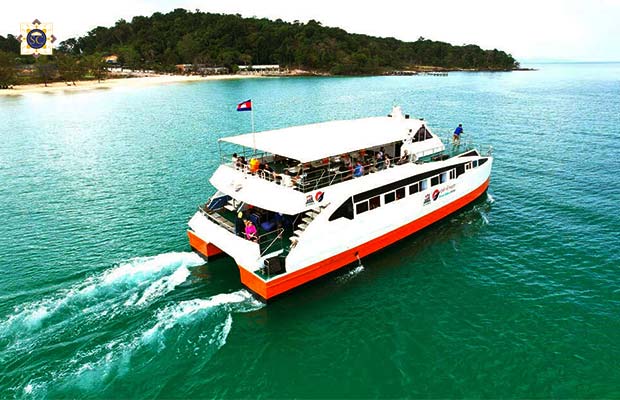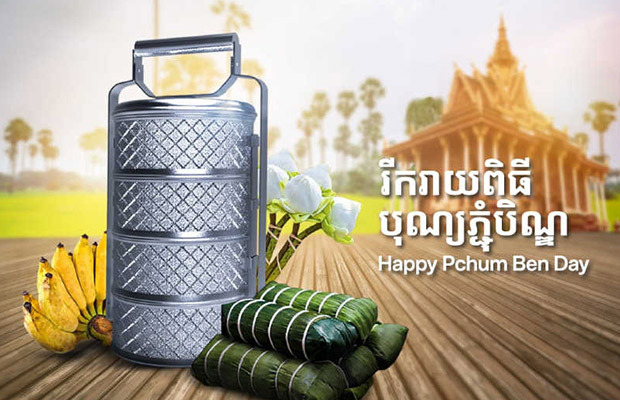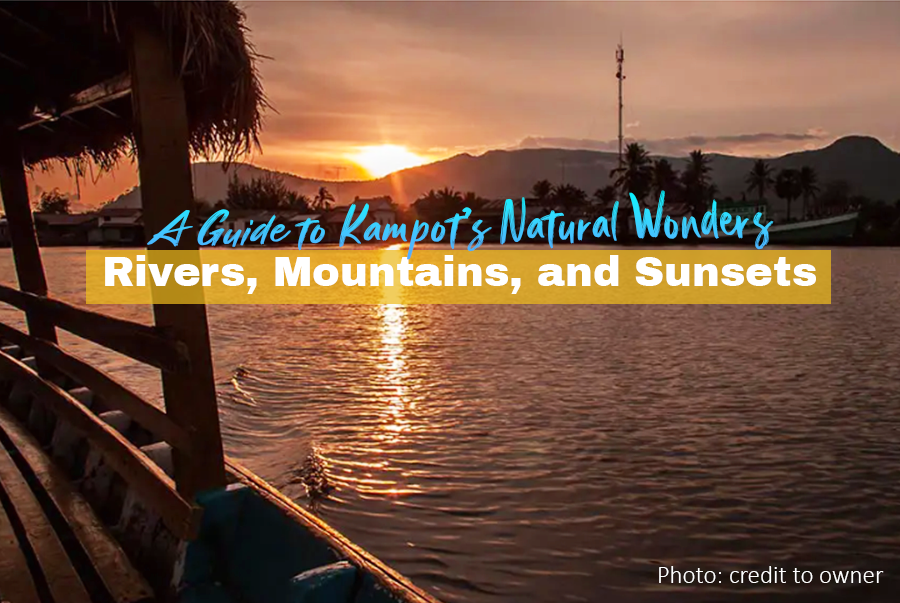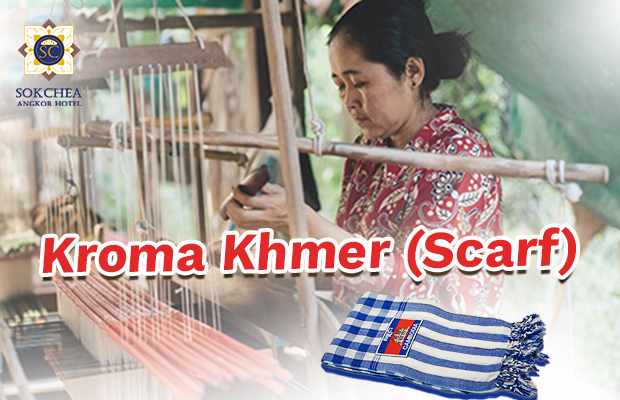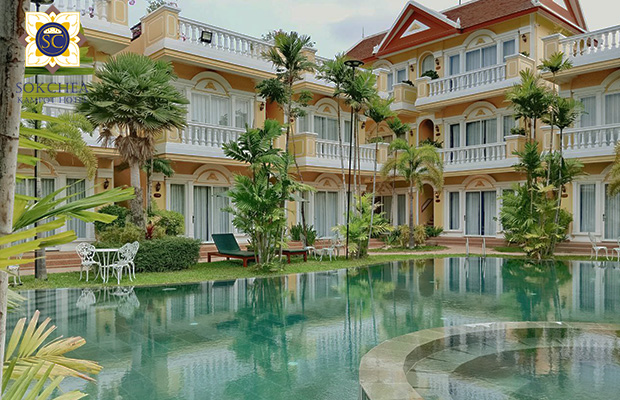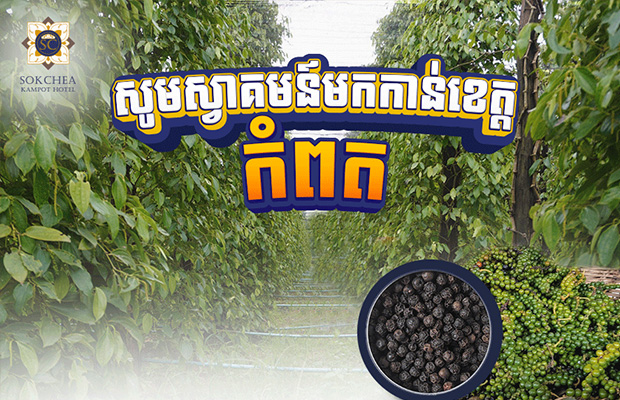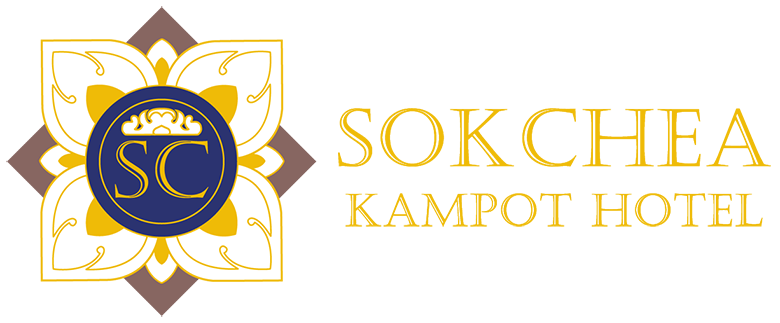The Water Festival this year falls on November 7-9. But with Cambodia set to host the ASEAN summit and related meetings in the same week this month, the festival are not being celebrated in Phnom Penh, though some provinces have been holding celebrations since October.
Known locally as Bon Om Touk, the festival takes place in late October or early November to mark the end of the monsoon season as well as the change in flow of the Tonle Sap River.
The second day of the festival aligns with the date of the full moon on the Khmer lunar calendar month of Katdoek (or Kartika in Sanskrit), which is said to be when the long-cycle rice crop is ready for harvest.
The festival usually features dragon longboat races on its first day. Royal boat races have been held in Cambodia since at least the time of King Jayavarman VII to celebrate the victory of the Khmer navy over Cham invaders from the Champa kingdom in a large boat battle on the Tonle Sap Lake.
During the Longvek period of the 16th and 17th centuries, King Ang Chan I appointed Ponhea Yat as the “earth-guardian” in Kampuchea Krom’s Bassac district and he organised the navy into three groups to defend the region from invasion by the Da Viet kingdom under ruler Mac Dang Dung.

